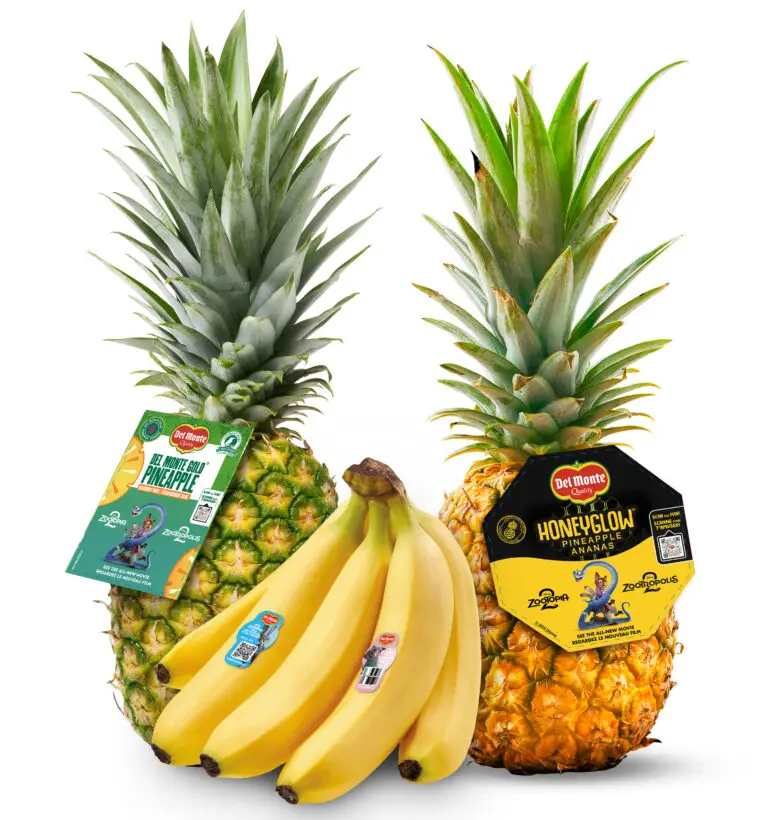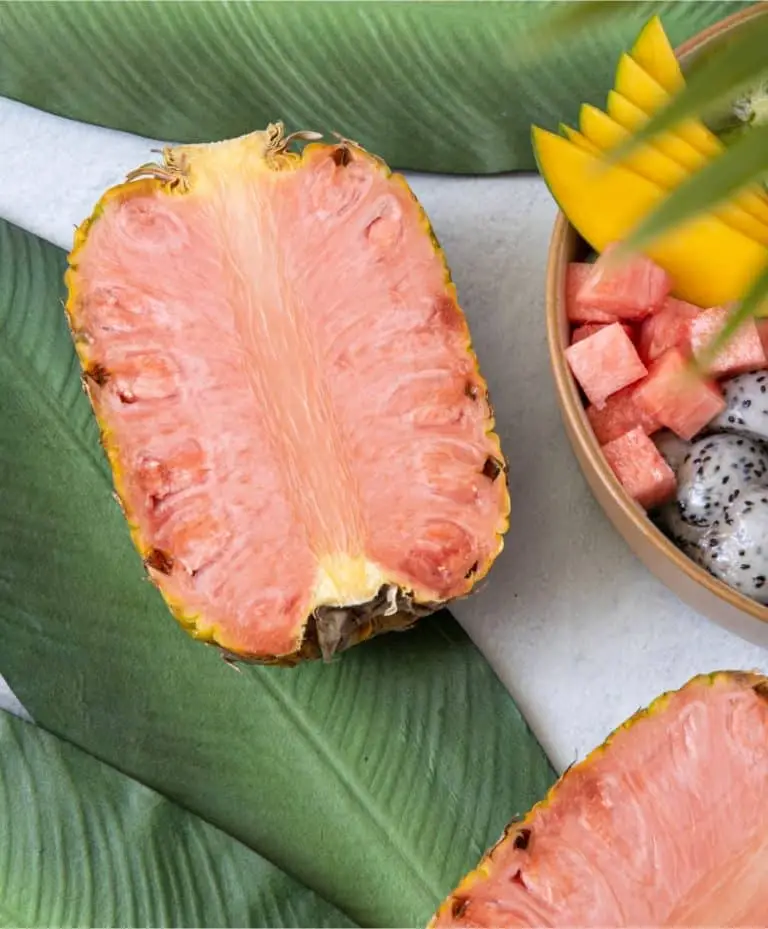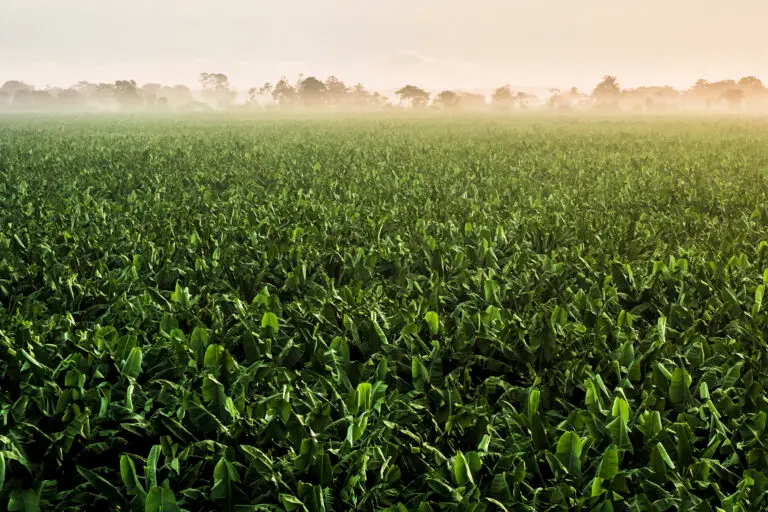As seen in National Geographic.
As families gather around the table this holiday season, many will eagerly fill their plate with proteins, grains, and of course, desserts. Vegetables are often a harder sell, especially the more bitter variety known as brassicas, a category that includes kale, mustard greens, brussels sprouts, and broccoli. Some turn up their noses at tart fruits, as well.
In recent years, the aversion to eating bitter or pungent produce has prompted scientists to step up efforts to tweak the plants’ DNA to reduce the enzymes that trigger these tastes. The result are less bitter mustard greens, sweeter pineapples, and other crop varieties that have recently entered the marketplace or are about to. But while alterations like these increase the produces’ popularity, they also diminish their healthful effects.
The compounds that create the biting flavors of brassica vegetables are what make them so beneficial, says Michael Miller, a food scientist at the University of Illinois at UrbanaChampaign. For example, the bitter-tasting chemical sulforaphane abundant in the vegetables has numerous antioxidant, antimicrobial, and anti-inflammatory properties.
As gene editing makes it ever easier to alter a crop’s flavors, experts expect to see more changes to the tastes of vegetables and fruits in the coming years. The goal is to get more produce on people’s plates, but the recipe for a healthy meal may still require a balance of flavors.
The origins of plant bitterness and its aversions
Plants often generate their bitter flavors as a way to protect themselves. The bitterness of raw brassica vegetables, for example, results when two components, the metabolite glucosinolate and the enzyme myrosinase, that are stored in separate parts of the plant mix in the mouth while chewing. The resulting compound is quite pungent. “The thinking is this makes it less tasty, so the plant gets eaten less by insects or other predators,” Miller says.
In humans, a distaste for bitter flavors starts at birth, when babies shun foods that don’t taste sweet. Experts say this preference confers survival benefits, because many poisonous or spoiled ingredients are bitter.
Once we reach adulthood, the mouth’s bitter taste receptors become less sensitive, which allows us to “adventure to enjoy the flavors of sourdough bread, hoppy bear, dark coffee, and dark chocolate,” says Michael Mazourek, a vegetable-breeding researcher at Cornell University in Ithaca, New York. However, in many people some antipathy remains.
Efforts to tame bitter flavors in fruits and vegetables to fit our palate are hardly new. They’ve “been going on since the dawn of agriculture,” Mazourek says. For instance, many squashes early humans found in the wild were too bitter to eat, due to the abundance of the biting compound cucurbitacin. Once agriculture became domesticated around 12,000 years ago, though, growers began planting varieties containing less of the chemical. In recent years, genetic engineering has made making those changes in other produce simpler and more targeted.
Less biting mustard greens, pineapples, and more
One prominent effort to reduce unpleasant tastes involves a gene editing tool called CRISPR-Cas9, which snips out unwanted genes.
The vegetable company Pairwise, based in Durham, North Carolina, used the technique to remove the bitter enzyme myrosinase from mustard greens. When bowls of the resulting greens in salads were given to taste testers, the feedback was overwhelmingly positive, says Tom Adams, cofounder and chief executive officer. After brief introducing their milder mustard greens under the label Conscious Greens, Pairwise recently licensed it to food giant Bayer, which is gearing up for a national rollout.
Pairwise has also put blackberries under CRISPR’s knife to dampen the tart flavor of the fruit, which comes in part from antioxidants. Blackberries have more of those compounds and vitamin C than blueberries but are less frequently consumed. The company is working to remove genes from a little-used variety known for sweetness but whose thorns and hard seeds make it difficult to commercialize. A new, tastier blackberry with softer seeds could be available within a few years. The company expects other less tart or bitter vegetables and fruits to follow.
Pineapple company Fresh Del Monte is also turning to genetic modification to tamp down the pucker. Since the 1990s, their selective breeding program has emphasized a balance of sugars and citric acids to create pineapples that are sweeter than traditional sour varieties. Now, the company has introduced an even less tart version called Pinkglow, available in supermarkets since 2022.
The fruit has genetic tweaks that inhibit the red lycopene from converting to the yellow pigment beta-carotene, which gives it a soft pink interior color and less acidic taste. The resulting fruit provides a “candy sweet experience,” says Hans Sauter, senior vice president of research and development at the Miami, Florida, based company.
What do we lose with bitterness?
Despite its less desirable flavor profile, bitter components of fruits and vegetables called phytochemicals have numerous health benefits, research in animal models make clear. In 2022, Miller and his colleagues reviewed these compounds in the journal Nutrients and found studies supporting their ability to prevent inflammation, improve insulin resistance, and destroy problematic bacteria.
Other studies document the substances’ cancer prevention properties, through controlling cell growth and killing problematic cells before they spread. And bitter phytochemicals stimulate gastrointestinal hormones and improve the movement of food through your gut in ways that prevent overeating and weight gain.
Many cooks reduce the bitterness of vegetables like kale and mustard green by cooking them, which inactivates the myrosinase and, therefore, sweetens the taste. This has long been thought to destroy their healthful phytochemicals, although recent research reveals that as much as 40 percent of the bitter compounds may be reconstituted in the gut by bacteria in the microbiome.
It turns out “you have bitter taste receptors all the way down your gut, not just in your mouth,” says Miller, who is studying the issue. Still, the amount generated in the gut is less than when the raw compounds are chewed and depends heavily on the composition of the individual’s microbiome.
Striking a balance
Food scientists involved in these efforts insist that even if some health-promoting chemicals are lost, the increased consumption of more palatable fruits and vegetables more than makes up for it. Currently, just 10 percent of Americans eat the recommended two to three cups of vegetables daily and only 12 percent consume the one-and-a-half to two cups of fruit. Plus, they point out, enticing people to eat more plant-based foods instead of meats or ultra-processed fare is better for the planet.
The humble brussels sprout may hold some lessons for juggling these competing factors. In the twentieth century, when conglomerates began to dominate agriculture, efforts to alter harvests emphasized ease of growing and transportation. “Growers want it to mature at the right time, be the right size, have the right, withstand pests… while supermarkets have their own criteria for shelf life,” Mazourek says. “Usually, the consumer is not the focus.”
That began to change for brassica vegetables in the 1990s, when Dutch scientists crossbred an older variety of brussels sprouts that contained fewer glucosinolates but produced poorer harvests with a more productive modern version. Eventually, they landed on one that met growers’ yield demands but made eaters smile.
Thanks to these sprouts, the U.S. per capita consumption of brussels sprouts has more than doubled in the past decade, with the California Farm Bureau recently calling it a culinary superstar.
Plant scientists would be wise to find a balance for these fruits and vegetables where both sweet and acidic flavors remain. Mazourek says. “I think the sweet spot would be less sharp but not removed entirely.” This is important not only for humans, he points out, but for the survival of the crops as well. Were bitter compounds to be eliminated entirely, as the plants grow in the fields “the bugs will also be eager to eat a lot more.”





